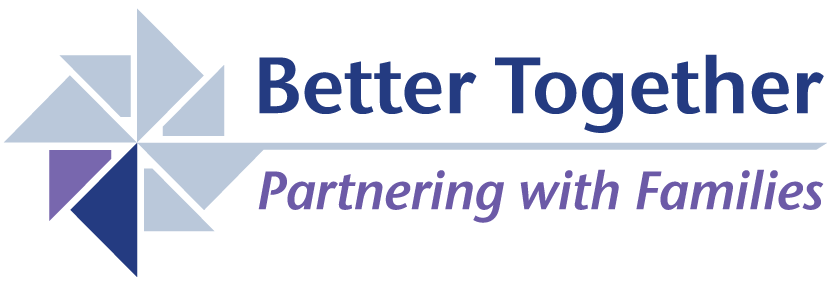
Changing the Concept
From Families as "Visitors" to Families as Partners

Changing the Concept
From Families as "Visitors" to Families as Partners
Below are links to profiles of other hospitals and/or health care systems that successfully have changed "visiting" policies. These hospitals differ in type, size, and geographic location. Each short profile describes key steps and strategies in the process of changing the policy from viewing families as "visitors" to families as partners.